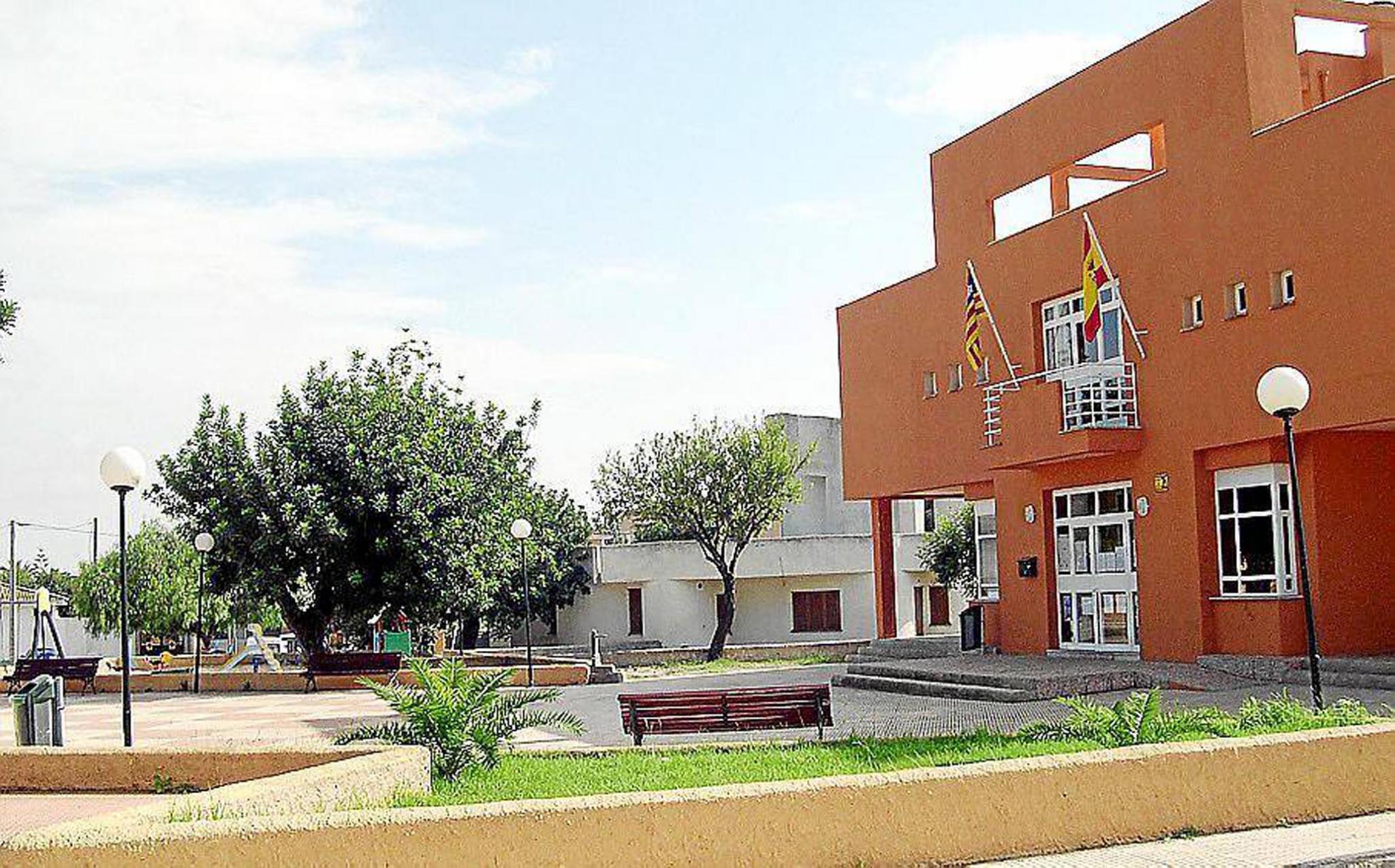The Blog
The Case Of The Municipality That Isn’t
How many municipalities does Majorca have? Go to the top of the class if you know the number to be 53. Go to the bottom of the class if you reckon 54. Or should you go to the bottom? In fact, it may well be that you have special knowledge of Majorca’s local government, because of the peculiarity that lurks inside Bunyola’s municipal borders.


No comments
To be able to write a comment, you have to be registered and logged in
Currently there are no comments.